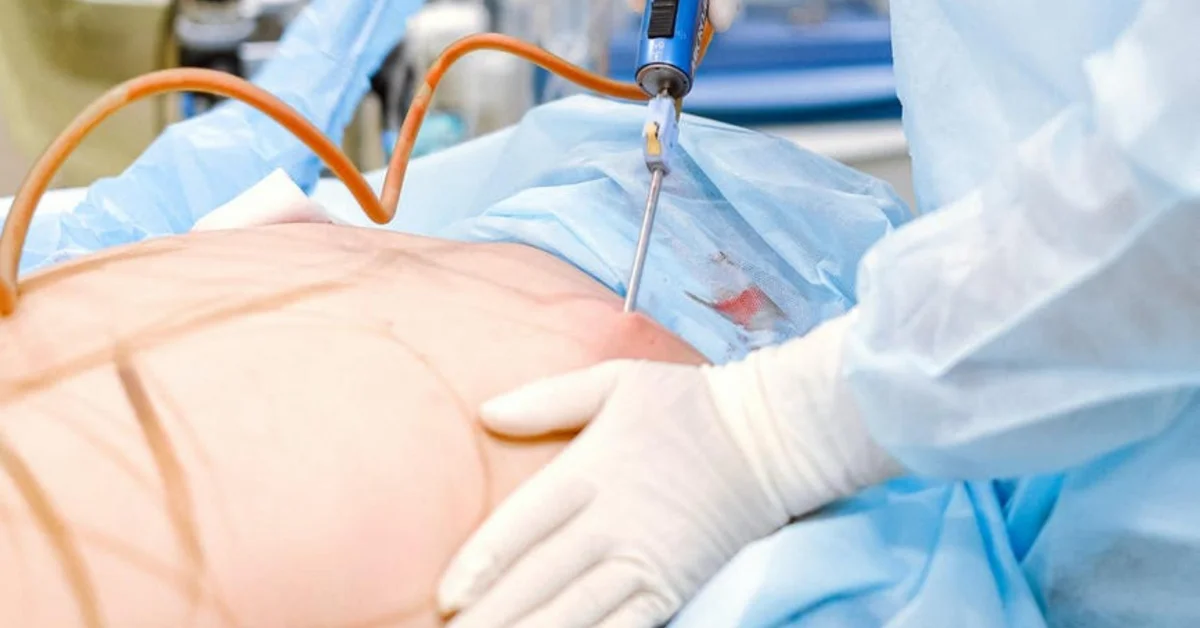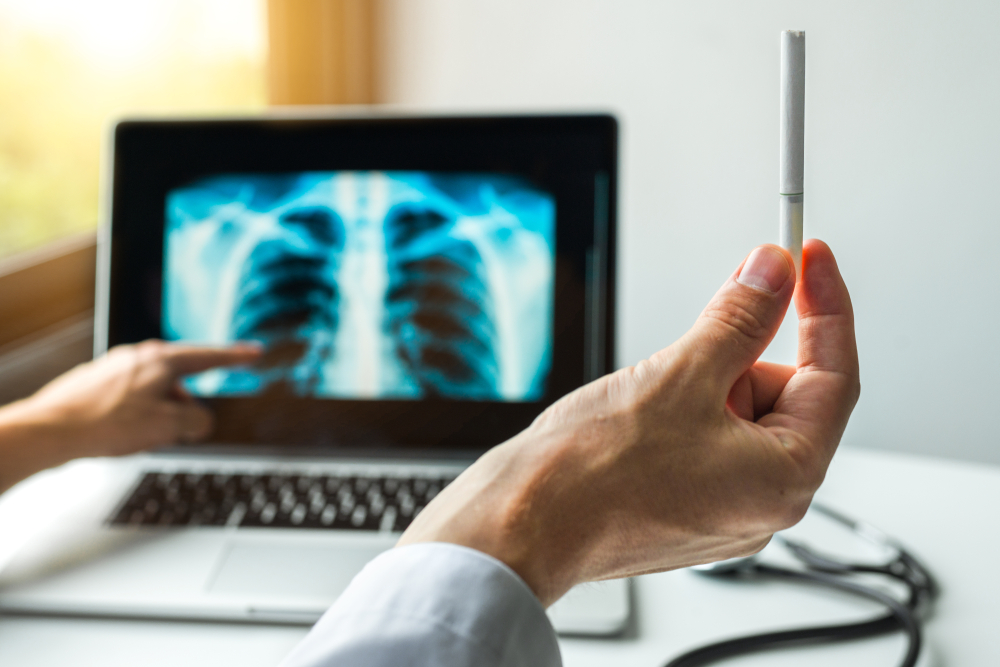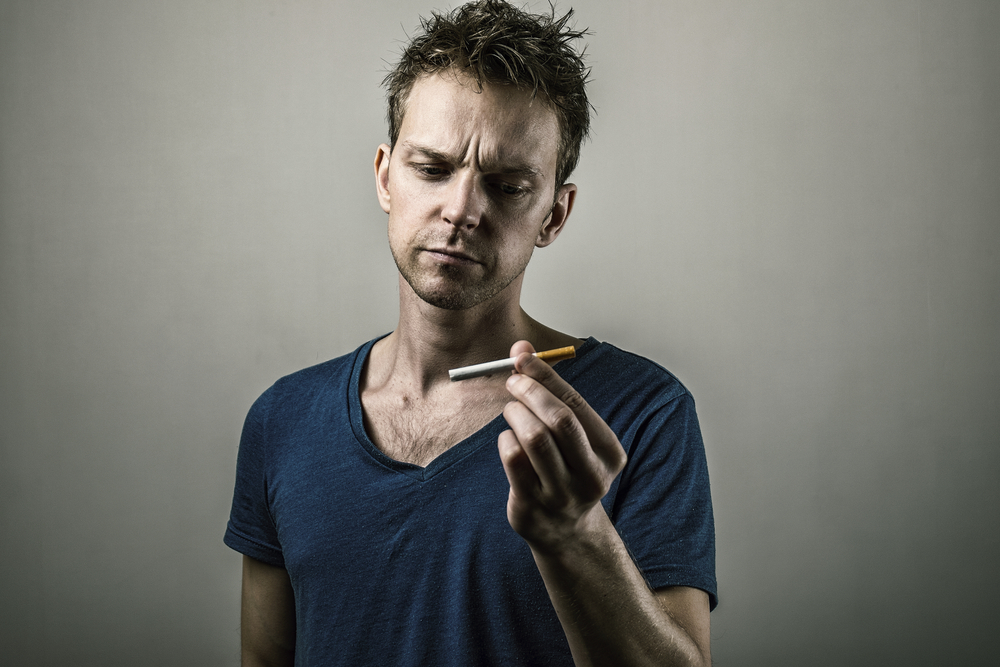Liposuction is a joint surgery that removes fat from your body. It happens in the United States about 250,000 times a year. Surgeons will make small incisions in your body to break down fat cells and remove the fat with a suction-enabled tool called a cannula.
Anything that cuts through your skin is likely to leave a wound that will be visible for a while. Liposuction incisions aren’t any different. But they are minimal compared to other surgical scars. Learn more about liposuction scars, their visibility range, and how long it takes to fade.
Liposuction Scars
Liposuction is a procedure that hardly leaves any noticeable scars if done professionally. They do create tiny scars that may fade over in a period. But the degree of scarring depends on the patient’s scarring tendency and the techniques used by the surgeon during the process. Sometimes, when you have liposuction, you may also get hyperpigmentation, making your incision look more noticeable on your skin when it heals.
Treatments For Getting Rid of Liposuction Scars
There is no complete treatment cure for liposuction scars, but they can make the scar less noticeable and improve other things, like your skin’s range of motion in the area where it was. People use silicone gel and gel sheets as an at-home treatment for scars. The silicone gel keeps your skin moisturized and stops your body from making too many collagen cells when you’re healing, which makes your scars look raised and visible.
There are many different ways to get rid of scars, but experts say this should be the first thing you try.
Chemical Peels and Microdermabrasion
A dermatologist can use chemical peels or microdermabrasion to eliminate layers of scar tissue from your skin so that it looks better. You can get these treatments at your dermatologist’s office, and they don’t need any extra recovery time. A red face is the most common side effect. Each person’s skin will differ from responding to this kind of treatment.
Cryotherapy
A treatment called cryotherapy can help hypertrophic scars or keloid to go away. From the inside out, nitrogen gas is used to freeze the scar tissue. The fault then “pops” out of the healthy skin tissue surrounding it. Doctors can do cryotherapy quickly in an outpatient setting, and it’s easy for them to do. It doesn’t hurt or causes a lot of discomforts. With cryotherapy, scars will get bigger, then fade away.
Laser Therapy
Laser therapy can also help break up keloid and hypertrophic scars caused by liposuction surgery. The scar tissue is heated with a laser while healthy cells grow in the area around it.
People who have laser therapy don’t have to wait long to get better. Some people need to have a lot of iterations to get better. It may take a long time for them to see the results for some people.
Surgery To Remove Scars
Scar removal surgery is an option if you have a lot of scarring that makes you feel self-conscious. This is the most invasive way to get rid of scars. It also has the risk of causing more spots.
How To Manage Liposuction Scars?
After liposuction, your doctor may tell you to wear compression garments over the area where they removed the fat. Wearing these clothes the right way and following your doctor’s advice can help you avoid scars from the surgery.
What Are The Factors That Affect Liposuction Scars?
Liposuction scars are tiny, and they do not create a significant impact on your body. They may heal over time. But some people might have their scars more visible or for a prolonged time without healing. This might be due to certain factors like Age, Gender, Body Weight, and Time.
How Long Do The Liposuction Scars Take To Fade?
If you have scarring from liposuction, it will most likely look like a tiny dot the size of a freckle on your skin. When a scar is this big, in most cases, it will fade over the next six months until it is no longer noticeable. Sometimes, you may have hyperpigmentation at the site where you had your tattoo done.
Effective Tips To Minimize Liposuction Scars
Minimizing liposuction scars is crucial to achieving a satisfactory outcome after the procedure. While some degree of scarring is inevitable with any surgery, there are several effective tips to help reduce the visibility of liposuction scars and promote a more aesthetic result:
- Comply with your surgeon’s guidance for wound care and incision site management.
- Apply specialized scar creams containing ingredients like silicone to flatten and fade scars.
- Use compression garments as recommended to reduce swelling and provide support.
- Protect scars from UV radiation by wearing covered clothing and applying high-SPF sunscreen.
- Massage scar areas gently after clearance from your surgeon, and use moisturizers to promote even healing.
- Proper hydration and a nutrient-rich diet support overall healing and scar reduction.
- Quit smoking if possible and limit alcohol intake during the healing process.
- Exercise patience. Scar healing is gradual; scars may appear red or raised initially but improve over time.
If you have visible scarring after having liposuction, talk to your doctor about it. They might know why the scars aren’t going away, and they might be able to help you get rid of them.
If you are afraid of scarring after liposuction, you should meet with a cosmetic surgeon. Having talked about your family history and any scarring you’ve had in the past, a professional should be able to give you an idea of how likely it is that you will get scars from this surgery.
References
https://www.healthline.com/health/cosmetic-surgery/liposuction-recovery
https://www.westlakedermatology.com/blog/does-liposuction-cause-scars/









